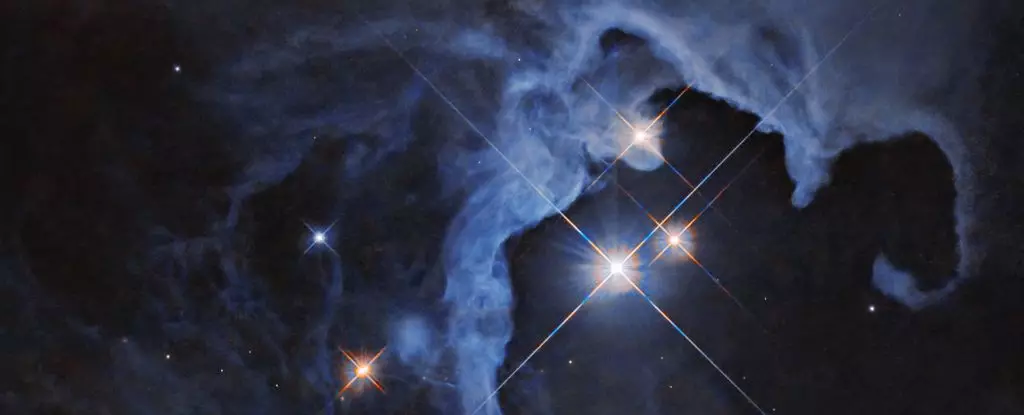The quest to understand our position in an unfathomably vast Universe has prompted a philosophical and scientific inquiry that has lasted centuries: Are we alone? This fundamental question echoes through the corridors of both astrophysics and existential philosophy. Despite extensive research and advanced technology, our observations so far suggest that Earth may be the only haven for intelligent life within the vast cosmos. Yet, the apparent silence from other potential civilizations raises pressing inquiries—what are the underlying reasons for this lack of contact, and what variables could play a pivotal role?
Our ongoing exploration has led to the formulation of various scientific models to comprehensively investigate the probabilities of life elsewhere. One of the most significant tools in this exchange is the Drake Equation, initially aimed at estimating the number of active extraterrestrial civilizations in our galaxy. Recently, however, new research has emerged proposing that an often overlooked variable—the influence of dark energy on star formation—could change the way we evaluate this enigma.
Led by physicist Daniele Sorini from Durham University in the UK, a recent study has introduced dark energy as a critical factor in the conversation surrounding intelligent life. Dark energy is an enigmatic force responsible for the accelerating expansion of the Universe, accounting for approximately 71.4 percent of the Universe’s energy-matter content. This leaves only a meager 4.6 percent for the ordinary matter that makes up stars, planets, and life itself. The implications of understanding dark energy are profound; it could give us insights not only into cosmic evolution but also potentially into the arrival of life as we know it.
In terms of stellar formation—integral to the development of life—researchers have been analyzing how the outward push of dark energy interacts with the inward gravitational forces that dictate how matter forms into stars. Their findings indicate a pivotal metric: the optimal rate of star creation occurs when 27 percent of the Universe is converted into stars, whereas our Universe operates at a lower conversion rate of about 23 percent. This raises intriguing questions concerning the birth of intelligent life beyond our home planet.
What does it mean that we inhabit a Universe that is not ideally suited for star formation? This discrepancy indicates that Earth might not hold the exclusive title of being the cradle of intelligent life. The findings suggest that, had conditions evolved differently, perhaps in a parallel universe with a higher dark energy density, life might have arisen elsewhere under more favorable conditions. This shifts the narrative from a singular focus on Earth as the lone cosmic oasis, to a broader understanding that intelligent life might exist in environments that we, up to now, have not fully comprehended.
However, the rate of star formation is merely one facet of a complex matrix of conditions that encourage or inhibit life. An informed evaluation also encompasses the prevalence of planets orbiting these stars and the likelihood of those planets meeting habitable conditions. Factors such as the chemical delivery of life’s building blocks and the dynamic processes governing planetary evolution further complicate our quest.
The notion of life existing elsewhere requires a paradigm shift in how we interpret the data before us. As research continues to unfold, it will help us paint a more comprehensive picture of the Universe. Each study adds vital pieces to a cosmic puzzle, bringing us closer to identifying where and how to search for intelligent life forms. This burgeoning knowledge invites us to explore more than just our own solar system; it urges a look toward distant exoplanets in our galaxy, some of which may show signs of hospitable environments.
The broader scientific community embraces this journey, fueled by the conviction that every discovery may lead us nearer to one of humanity’s most enduring questions: Are we truly alone among the stars? The continued investigation into dark energy and its interplay with cosmic life raises exhilarating possibilities, transforming our understanding of existence in ways we are only beginning to grasp. As we prepare for the next frontier of astronomical exploration, we hope to understand more about our Universe—and perhaps, more about ourselves.


Leave a Reply